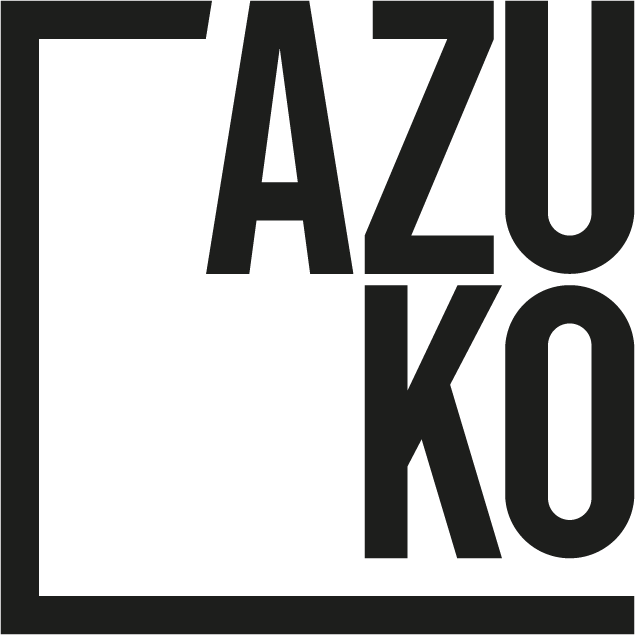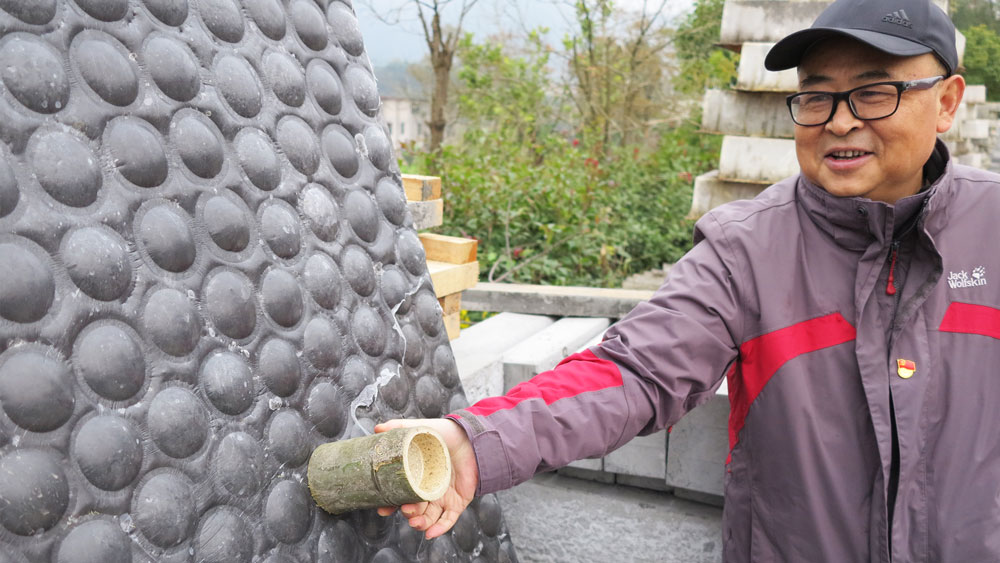Reflections from China by architect, Philippa Battye.
When AzuKo invited me to join their team in China to research community-led projects and present findings in a public showcase - I didn't think twice. I had a romantic vision of the rural and remote.
But the nerves soon set in. It wasn't the prospect of China itself, it was the task at hand - I would need to talk to people, lots of people and likely many who speak little English. I don't speak Mandarin. I would need to question, dig, unearth and investigate.
Now, three weeks in, I have returned to Shenzhen my base camp and relative home. I have spent this time pursuing architects who adopt a community centred approach to their work, with a particular focus on villages (rural and urban). I have spoken with designers in Shenzhen, Hong Kong and Beijing, of Chinese, Taiwanese, English, Irish and French origin. The task I was most apprehensive about - talking to people - has been the most rewarding. Each conversation has given me a greater understanding of what it's like to work in China, and what community-led means in this context.
My interviewees are hugely passionate about what they do, often subverting the normal routes to building in favour of less economically focused and more human-centred approaches to design. I have learnt how projects are initiated and conceived, where funding is sourced, how communities are engaged and at what stages. I have listened to their motivations, ambitions, and what matters to them as architects operating in this country. Nearly all had a story of frustration to tell.
I have discussed bathhouses, schools, community kitchens, museums, activity centres, housing and libraries. With each project the context, design intent and process is unique.
“What they all share is an ambition to improve the lives of the beneficiaries they serve. A desire to help create and maintain socially and economically sustainable communities.”
After connecting with these design leaders, I began a journey into the relative unknown, visiting projects in far flung places. Never before have I had to plan such complicated logistics under such time constraints, or frustratingly been so at the mercy of others.
I leave my hostel in Beijing at 5am and it is bitterly cold. Five hours on the bullet train and I arrive in the city of Xinyang, Henan province. I am greeted by the only two people at the station, brandishing a sign with 'Philippa Battye' - a first for me although I think I would be hard to miss! With my translator Ms LuLu and local governor Mr Zhang we drive two hours to Xihe village, an old cereals and oil trading centre and granary in the 50's. The road reduces from vast empty motorways to single lanes weaving through smaller settlements until we hit an unmarked road leading to the village. Three years ago no roads reached Xihe, it was only in and out on foot.
The young, who as part of the poverty alleviation scheme set up by Xi Jinping China's President, have returned to Xihe for the promise of a better life. Most now run profitable tourism based businesses back in their birthplace. They have returned to their rural heritage, with a positive outlook.
My next stop - Angdong village...
China feels like a country on the move, with purpose and in constant evolution. The view from my train carriage is always a marvel. Imposing infrastructure such as giant concrete columns march through the landscape waiting to be decked out with new high speed rails, and clusters of 60+ storey towers loom over the farmers below. This infrastructure will contribute to an already mind boggling rail network, which is run with unbelievable efficiency - in my 42 hours spent on trains and 11 hours of bus travel so far, not one has been a minute late.
It is in the parks or around lakes where the pace slows down, and people seem most content. Every morning the older generation practice thai chi; the parks are full of people walking, jogging and stretching together. In Beijing locals break the icy lakes to take a dip and people cluster to play 'keep me ups' with what looks little a giant shuttlecock. In the evenings music blares as large groups of women exercise with square (plaza) dancing.
“There is a real sense of community within the city, and an everyday enviable sense of togetherness played out in public space.”
It's the home straight... once reunited with my comrade Jo we will attempt to turn this investigative work into something publicly engaging. The types of projects we are examining, while often small in scale, can have a profound and significant impact on the lives of communities.
We believe these empathic approaches to design should be shared and celebrated.
Read about the learnings and showcase in Shenzhen.
Author: P. Battye






